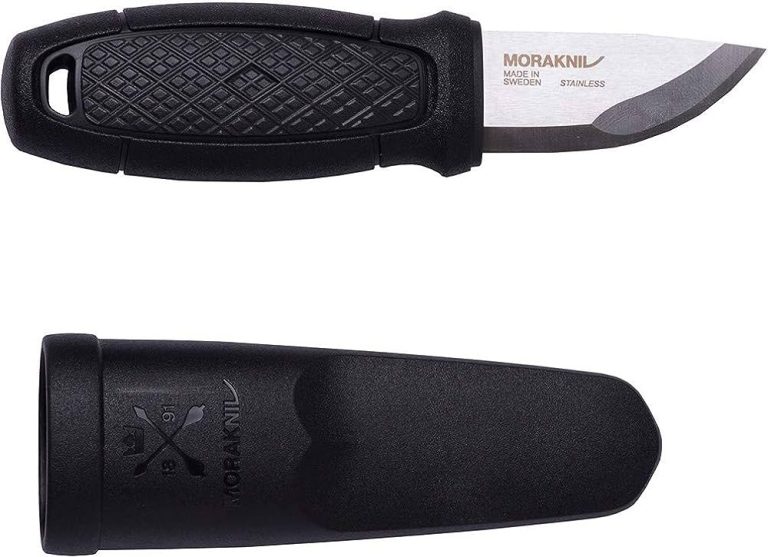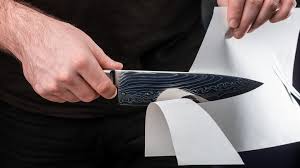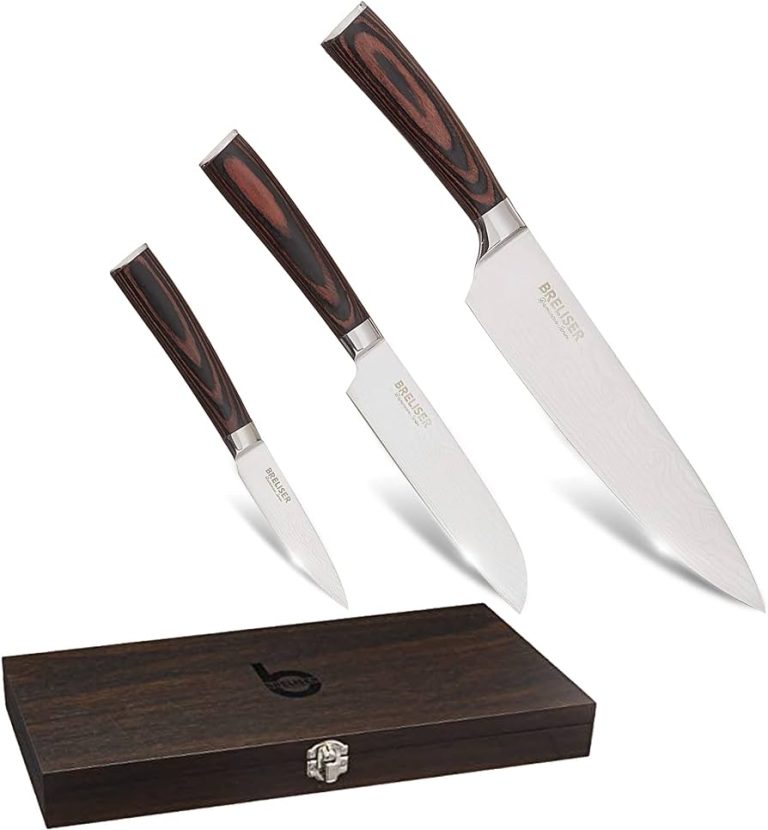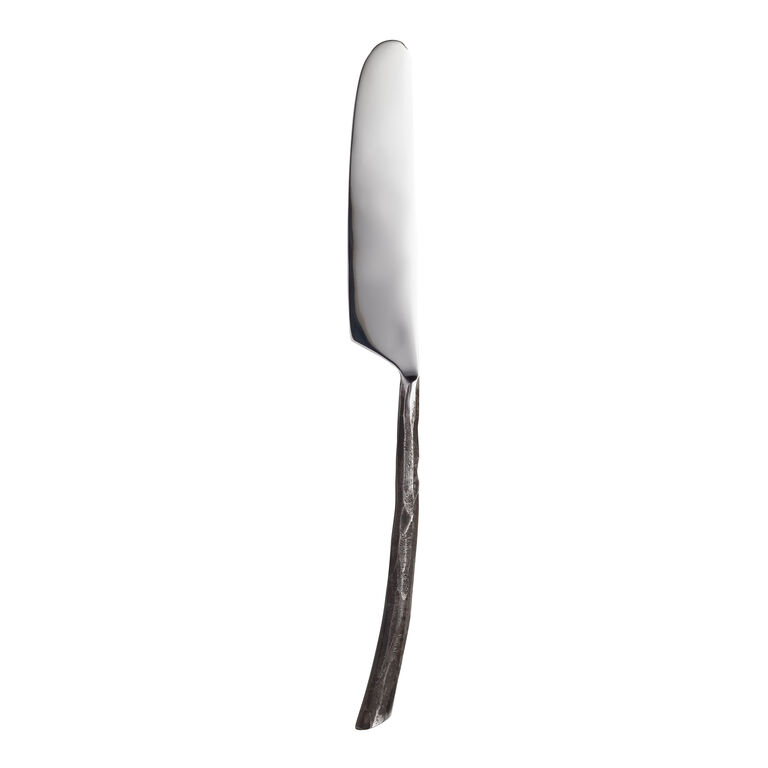Should You Need a Pocket Knife
Yes, you need a pocket knife for its versatility and convenience, whether for outdoor activities, everyday tasks, or emergencies. A pocket knife is a must-have tool that offers practicality in various situations.
With its compact size and multiple functions, it provides a portable solution for cutting, opening packages, camping, self-defense, and more. Its usefulness extends beyond specific professions or hobbies as it can assist anyone in their day-to-day life. Thus, owning a pocket knife is a wise investment that ensures preparedness and offers assistance whenever needed.
Benefits Of Carrying A Pocket Knife
A pocket knife can be a valuable tool to have in various situations. One of the major benefits of carrying a pocket knife is for safety and self-defense. With a pocket knife, you can ensure your personal safety by having a reliable tool on hand to protect yourself if ever confronted with a threat or an emergency situation. Additionally, pocket knives provide utility and versatility in day-to-day tasks. They can be used for cutting, opening packages, or even completing small repairs. The compact size and portability of a pocket knife make it a convenient accessory to have in your pocket or bag. Furthermore, pocket knives are also valuable for emergency preparedness. They can come in handy during outdoor activities like camping or hiking, where unexpected situations may occur. Overall, having a pocket knife offers a sense of security, practicality, and preparedness.

Credit: www.popularmechanics.com
Safety And Self-Defense
A pocket knife can serve as a practical tool for personal protection, offering safety and self-defense when needed. Its easy accessibility and discreet nature make it a convenient option. However, it is crucial to be aware of legal considerations and regulations regarding carrying a pocket knife. Familiarizing yourself with local laws is important to ensure compliance and avoid any legal issues.
Emergency Preparedness
Having a pocket knife can be invaluable in emergency preparedness situations. Whether it’s dealing with first aid and medical emergencies, survival situations and wilderness exploration, or demonstrating MacGyver-like problem-solving capability, a pocket knife can prove to be an essential tool.
In first aid and medical emergencies, a pocket knife can be used to cut through clothing or bandages, open packaging, or even fashion makeshift splints or tourniquets if necessary. When it comes to survival situations in the wilderness, a pocket knife can be used for various tasks such as cutting branches for shelter, preparing food, or starting a fire by creating sparks with the blade.
The ability to solve problems on the fly, similar to MacGyver, is another advantage of having a pocket knife. From simple tasks like opening a stubborn jar lid to more complex situations where improvisation is key, a pocket knife can aid in finding innovative solutions.
In conclusion, a pocket knife can serve as a versatile tool in emergency preparedness, whether it’s dealing with first aid and medical emergencies, survival situations, or demonstrating problem-solving capabilities. Having one on hand can provide peace of mind and make a difference in challenging situations.
Factors To Consider When Choosing A Pocket Knife
Factors to Consider When Choosing a Pocket Knife |
When selecting a pocket knife, there are several important factors to consider. These factors will help determine the knife’s suitability for your needs:
|
Size And Portability
When considering a pocket knife, one important factor to think about is its size and portability. Compact and lightweight options are ideal for everyday carry, ensuring that you can conveniently have a versatile tool on hand whenever you need it.
Pocket knives come in a variety of styles, including fixed blade and folding options. Both have their advantages and suitability. Fixed blade knives offer sturdiness and durability, making them suitable for more heavy-duty tasks. On the other hand, folding knives are easily portable due to their ability to fold into a compact size, making them an excellent choice for everyday carry.
Blade Type And Material
Choosing the right blade type and material for your pocket knife is crucial. Different blade shapes serve specific tasks, so it’s important to understand their purposes. The three common blade shapes are the clip point, drop point, and tanto. A clip point blade is ideal for precision cutting and piercing, while a drop point blade offers versatility and is suitable for tasks that require a strong and durable edge. The tanto blade, with its reinforced tip, is excellent for tough tasks.
When it comes to blade materials, there are various options available. Stainless steel blades are corrosion resistant and require minimal maintenance. High carbon steel blades provide excellent edge retention, but they are prone to rusting if not properly cared for. Damascus steel blades, known for their distinctive patterns, offer exceptional strength and sharpness. Ceramic blades are lightweight and stay sharp for a long time.
| Steel Type | Characteristics |
|---|---|
| Stainless Steel | Corrosion resistant, low maintenance |
| High Carbon Steel | Excellent edge retention, prone to rusting |
| Damascus Steel | Exceptional strength, sharpness, distinctive patterns |
| Ceramic | Lightweight, stays sharp for a long time |
When considering a pocket knife, take into account the specific tasks you’ll be using it for, as well as your personal preferences for blade type and material.
Locking Mechanism And Safety Features
Pocket knives can be invaluable tools in various situations. One crucial aspect to consider when choosing a pocket knife is the locking mechanism and safety features it offers. Different types of locking mechanisms are available, each with its own benefits and considerations for safety. Some common locking mechanisms include:
- Liner Lock: A popular choice, the liner lock securely holds the blade in place during use.
- Frame Lock: Utilizing a part of the handle to lock the blade, the frame lock offers strength and security.
- Back Lock: With a locking mechanism on the back of the knife, this option provides a reliable locking mechanism.
- Lockback: Found in traditional pocket knives, the lockback mechanism ensures blades stay open while in use.
In addition to locking mechanisms, pocket knives may have safety features such as finger guards and pocket clips. Finger guards protect your fingers from accidental slips or blade closures, minimizing the risk of injury. Pocket clips allow for easy and secure attachment to pockets or belts, preventing the knife from getting lost or misplaced. When choosing a pocket knife, considering both the locking mechanism and these additional safety features is vital to ensure a reliable and safe tool for various applications.
Pocket Knife Maintenance And Care Tips
Should You Need a Pocket KnifeCleaning and LubricationMaintaining a pocket knife is essential for its longevity and optimal performance. To keep your knife clean, gently wipe the blade and handle with a soft cloth after each use. Use warm water and mild soap to remove any stubborn dirt or debris. Make sure to dry the knife thoroughly, paying attention to the crevices, to prevent rust and corrosion. |
Sharpening and HoningRegularly sharpening and honing your pocket knife’s blade is vital to maintain its cutting edge. Use a sharpening stone or honing rod to remove dullness and restore sharpness. Follow the manufacturer’s instructions for the correct angle and technique, ensuring you hone and sharpen both sides of the blade symmetrically. |
Cleaning And Lubrication
Proper cleaning and lubrication are essential for maintaining the longevity and functionality of your pocket knife. Different handle materials require specific cleaning techniques to keep them in optimal condition. For instance:
| Handle Material | Cleaning Technique |
|---|---|
| Wood | Use a cloth dipped in mild soapy water to wipe away dirt and debris. Make sure to dry the handle thoroughly to prevent water damage. |
| Stainless Steel | Apply stainless steel cleaner or a mixture of baking soda and water to remove stains and fingerprints. Rinse with clean water and dry. |
| G10/Fiberglass Reinforced Nylon | Wipe down the handle with a damp cloth and mild soap. Avoid using abrasive cleaners that may damage the material. |
To ensure smooth blade operation, proper lubrication is crucial. Follow these steps:
- Clean the blade and pivot area thoroughly to remove any dirt or debris.
- Apply a small amount of lubricant, such as silicon-based oil or graphite powder, to the pivot area and blade.
- Work the blade back and forth to distribute the lubricant evenly.
- Wipe away any excess oil or powder.
- Regularly repeat the lubrication process to keep your pocket knife running smoothly.
Sharpening And Honing
Blade sharpening is an essential skill for pocket knife owners, ensuring optimal performance and longevity. There are various methods and tools available for sharpening pocket knife blades. One popular technique is using a sharpening stone, which requires careful positioning and controlled movements to achieve a sharp edge. Another option is using a honing rod or strop, which helps in maintaining the blade’s edge between sharpening sessions. Other tools like electric sharpeners and guided sharpening systems offer convenience and precision for those who prefer a more automated approach. Regardless of the method chosen, regularly sharpening and honing your pocket knife will enhance its cutting ability and make it more reliable in various tasks.
SUMARY
A pocket knife can be a valuable tool in a variety of situations. Before deciding to carry one, it is important to assess your needs and consider the benefits. Pocket knives are compact and portable, making them convenient for everyday carry. They can be used for cutting, opening boxes, camping, or even self-defense.
Having a pocket knife can provide a sense of security and preparedness. Whether you are a frequent traveler, outdoor enthusiast, or someone who simply needs a versatile tool on hand, a pocket knife can be a practical solution. It allows you to tackle small tasks quickly and efficiently.
However, it is crucial to understand the legalities surrounding pocket knives in your area. Research the local laws and regulations to ensure that carrying a pocket knife is legal and aligns with your intentions.
In conclusion, carefully evaluate your specific needs and consider the potential benefits before deciding to carry a pocket knife. Whether it is for practicality, preparedness, or peace of mind, a pocket knife can be a valuable asset in various situations.






